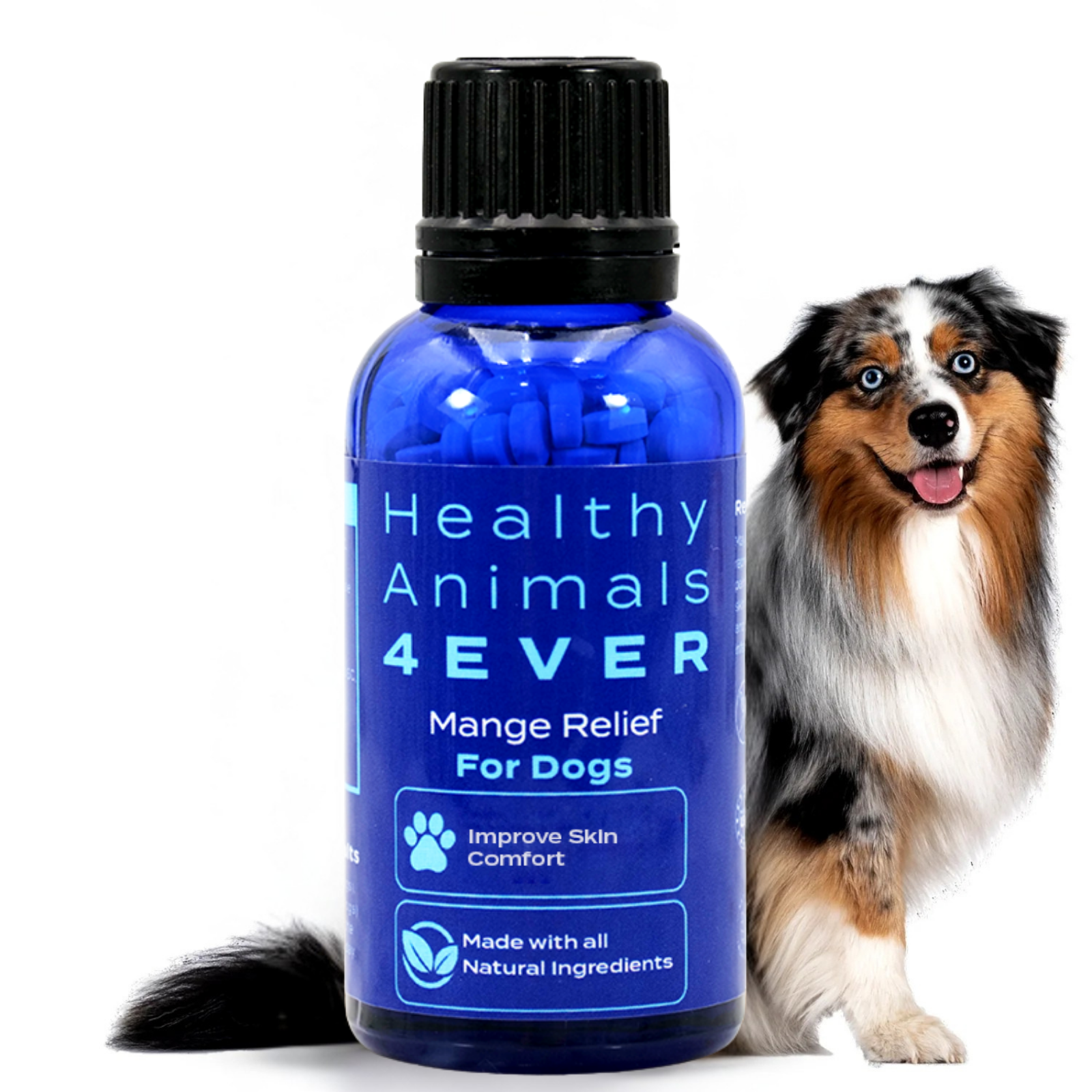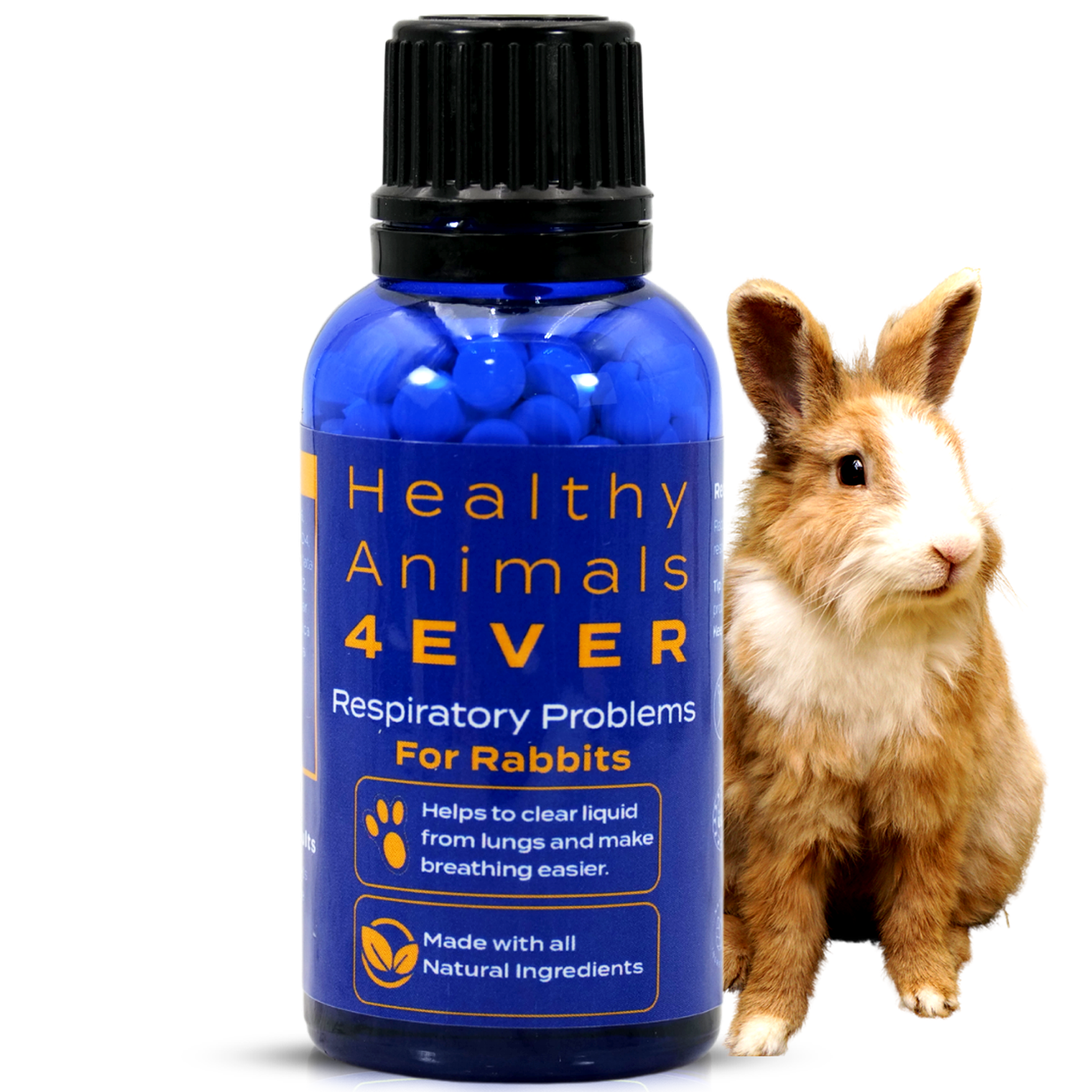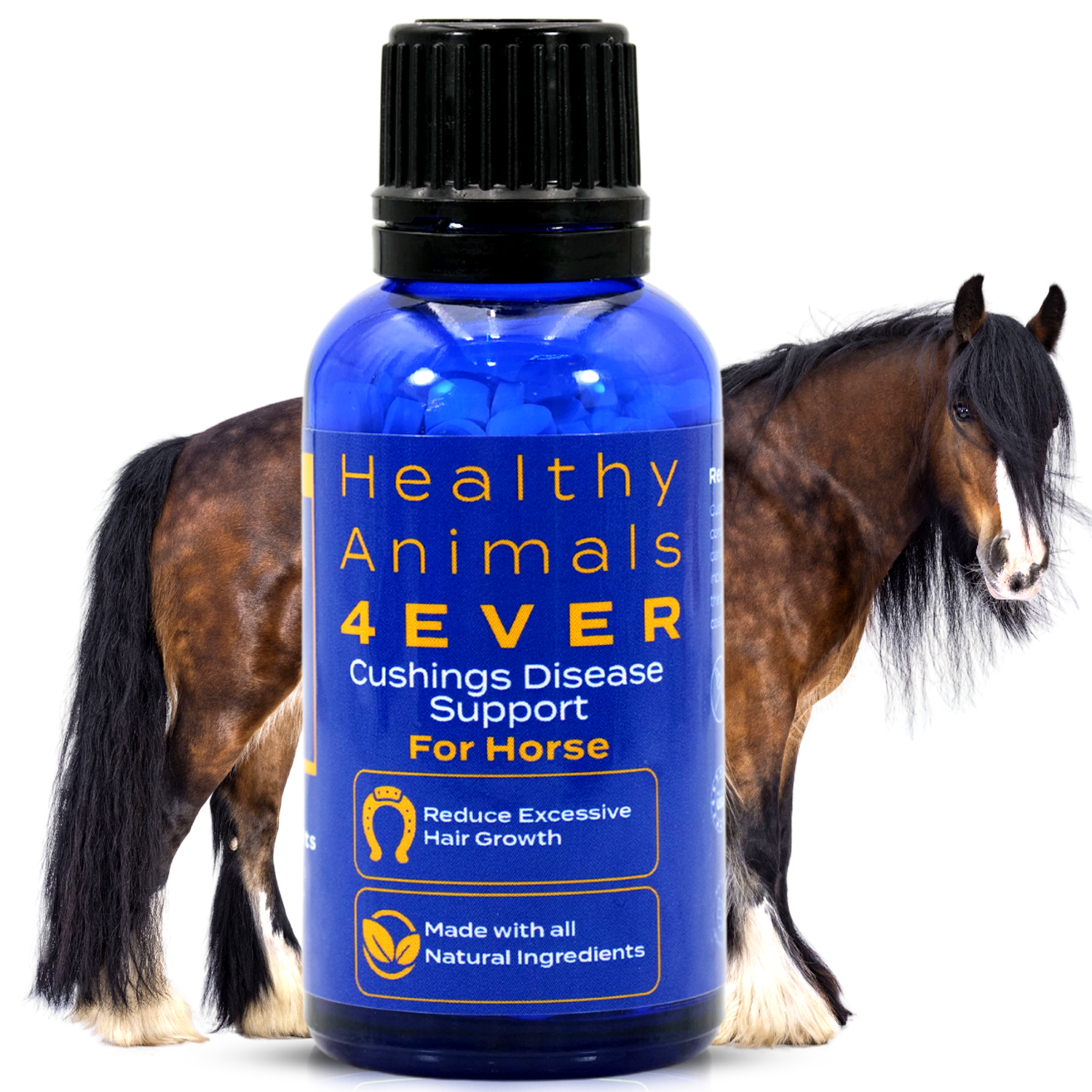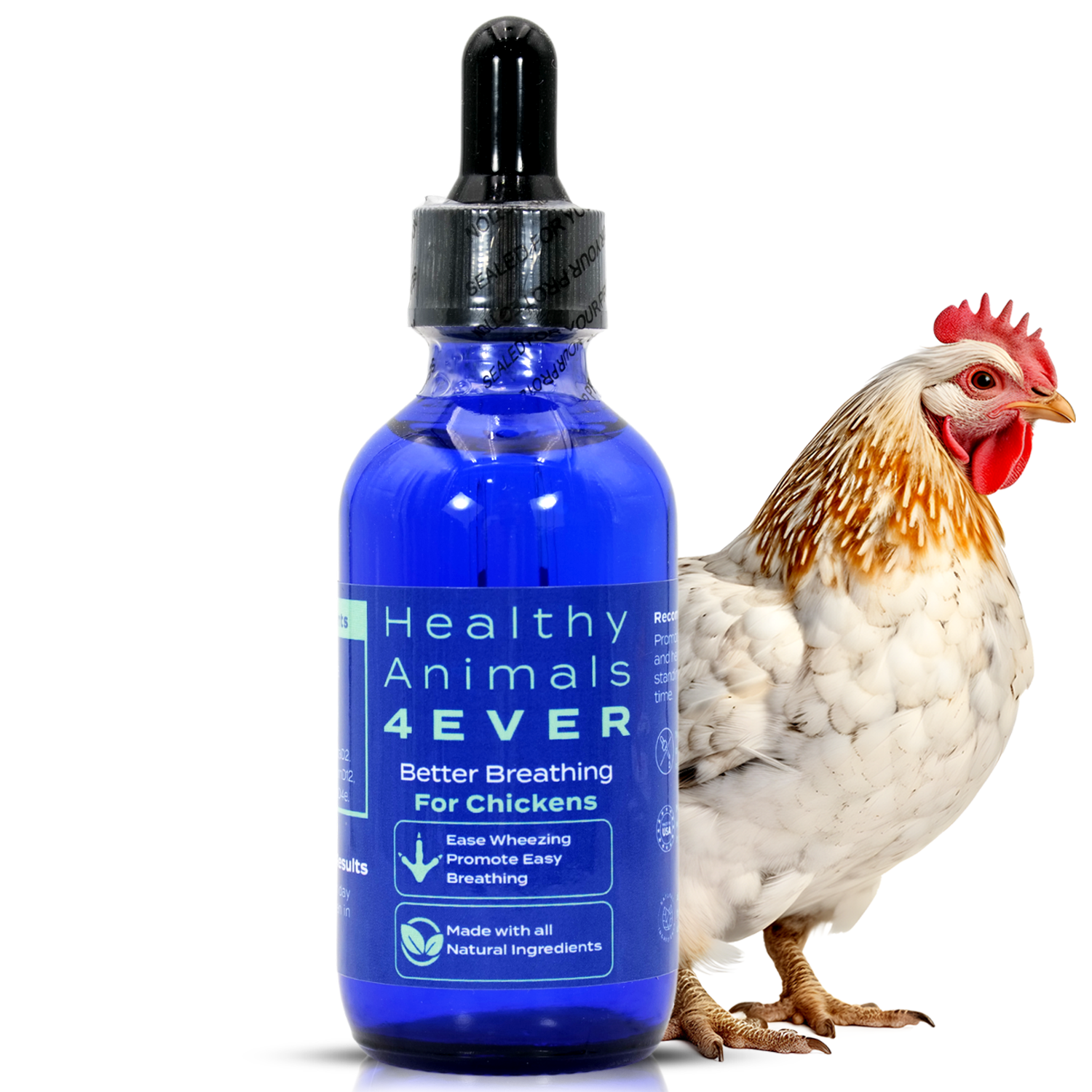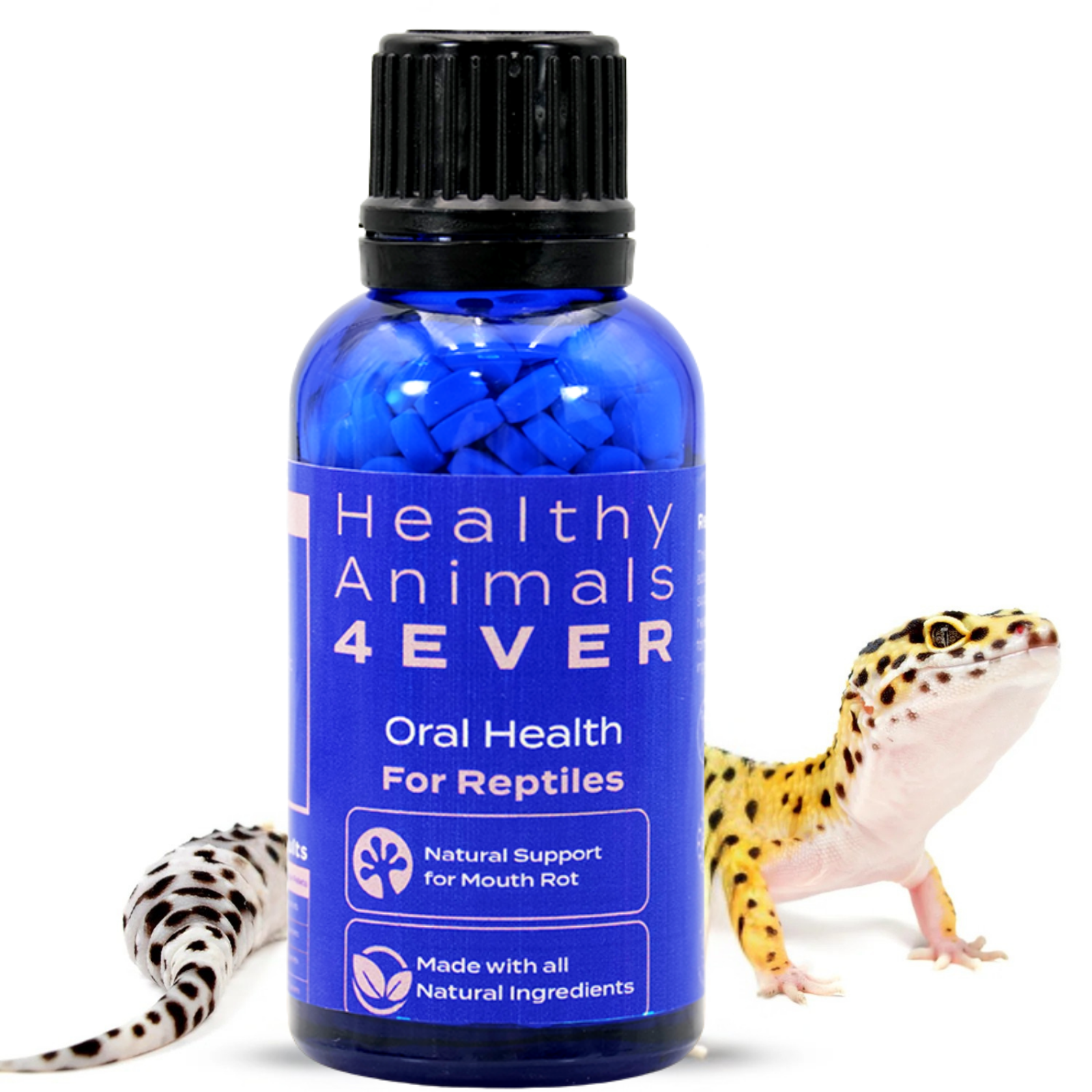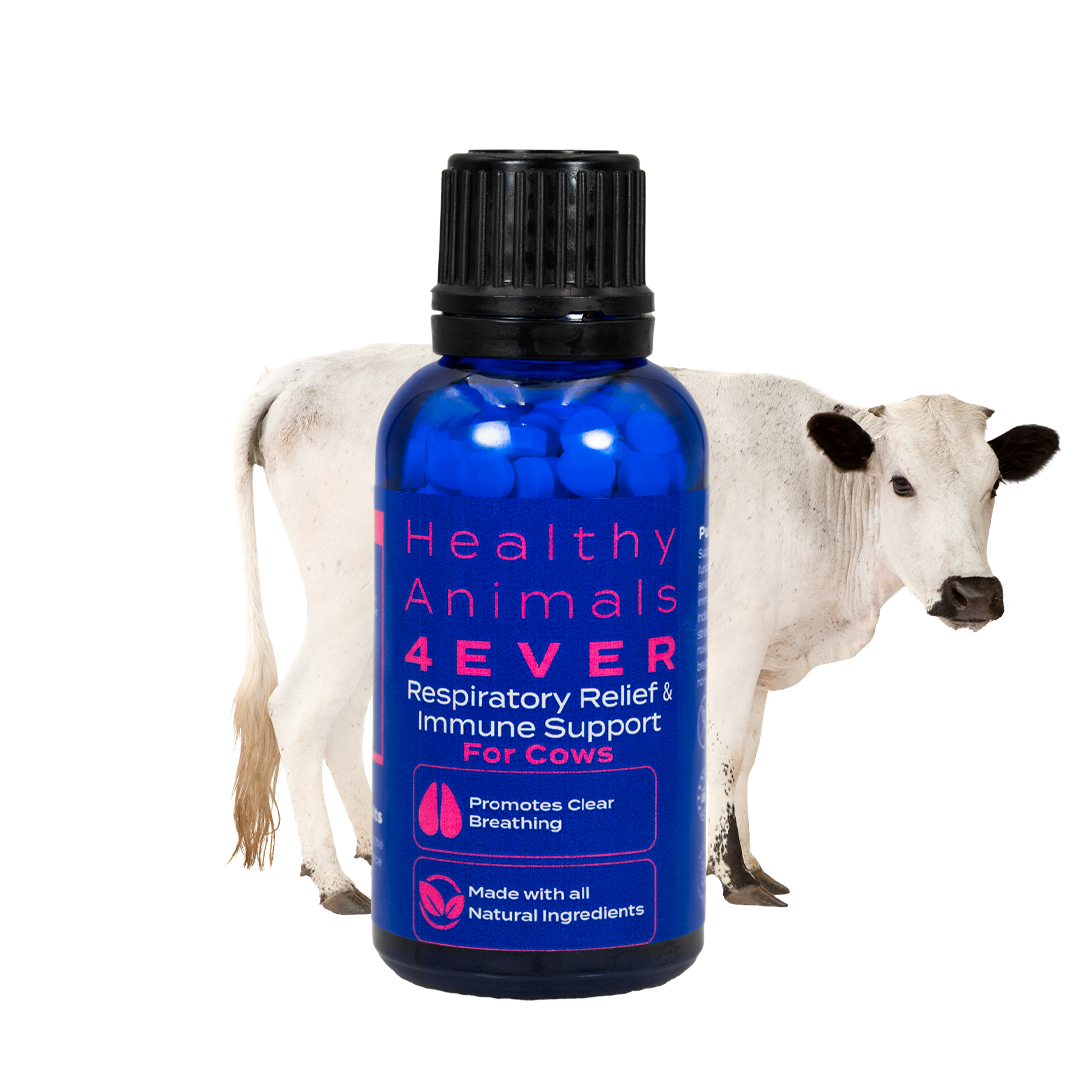Canine Healthy Mouth: How to Keep Your Dog's Teeth Clean
We tend to think a lot about our dogs’ food, exercise, and general health… but their teeth? Not always top of mind. The truth is, your dog’s mouth plays a big role in their overall well-being. Dental disease doesn’t just cause bad breath or sore gums. Left unchecked, it can lead to serious issues.
However, most oral health issues are preventable with a consistent routine. This guide walks you through the basics, the warning signs, and practical ways to keep your dog’s teeth clean. For canine healthy mouths!
Oral Health Gum Healing is a natural remedy for gum disease and inflammation in dogs. Promotes healing and optimal oral health. Aids in reducing pain. All-natural formula. Easy to use.
Understanding Canine Oral Anatomy
To properly care for your dog’s teeth and gums, it helps to understand how their mouth is built. While similar to ours in some ways, a dog’s mouth has a few unique features.
Adult dogs have 42 teeth, designed for a variety of functions:
-
Incisors at the front, used for grasping and grooming
-
Canines, the sharp, pointed teeth for tearing food
-
Premolars and molars are further back, which handle the heavier chewing and grinding
Puppies start with 28 baby teeth, which typically fall out between 4 and 6 months of age. These are replaced by adult teeth. Sometimes, though, baby teeth don’t fall out on schedule. When that happens, it can create crowding or alignment issues; something your vet will usually check for during routine exams.
The gums, or gingiva, are just as important as the teeth. Healthy gums should be firm and pink. Swelling, bleeding, or discoloration can all point to underlying problems.
And then there’s saliva. Saliva plays a key role in rinsing the mouth and controlling bacteria, but it isn’t enough on its own to keep your dog’s mouth clean. Plaque still forms, and without proper care, it quickly hardens into tartar on dogs’ teeth.

Common Dental and Oral Issues in Dogs
Dental disease is incredibly common in dogs: more than 80% of dogs over the age of three have some form of it. Many of these issues are slow to show signs, which is why regular checks and preventive care are crucial.
Plaque and Tartar Buildup
Dental problems often start small. After meals, bacteria in the mouth combine with food particles to form plaque. Plaque is a soft, sticky film that coats the teeth. If plaque isn’t removed (typically through brushing), it hardens into tartar, which sticks firmly to the enamel and below the gum line. At that point, only professional cleaning can remove it.
Gingivitis and Periodontal Disease
When tartar builds up, it irritates the gums, leading to gingivitis. Gingivitis is characterized by inflammation, redness, and swelling at the gum line. Left untreated, this can progress to periodontal disease, where the tissue and bone supporting the teeth begin to deteriorate. This condition is painful, irreversible, and can lead to more serious issues.

Retained Baby Teeth
In some dogs (especially small breeds), baby teeth don’t always fall out as expected. If a permanent tooth erupts beside a baby tooth that hasn’t budged, it can cause misalignment, plaque buildup, and crowding. Retained teeth typically require extraction to prevent long-term problems.
Chronic Bad Breath
It’s normal for dogs to have some odor on their breath, but persistent or foul-smelling breath is often a sign of oral bacteria, decaying teeth, or gum infection. It’s one of the most common early warning signs that something isn’t right in the mouth.
Tooth Fractures and Excessive Wear
Dogs use their teeth for more than just eating; they chew on toys, bones, sticks, and sometimes things they shouldn’t. This can lead to cracked or worn-down teeth, especially if they chew on hard objects like antlers or rocks. Exposed pulp or root can be extremely painful and often requires extraction or dental surgery.

Warning Signs of Poor Oral Health
Dogs can’t tell you when something’s wrong, so their mouths often give us the first clues. The tricky part is that dental issues tend to develop slowly, and many dogs won’t show obvious signs until things have gotten pretty serious. That’s why it’s important to know what to look out for.
One of the most common signs is bad breath. Sure, most dogs don’t have minty-fresh breath, but if the smell is strong, sour, or just plain foul, there’s likely a buildup of bacteria or even an infection going on.
Better Breath is a natural bad breath remedy for all dogs. Helps with bad breath issues. Promotes mouth & fluid balance and comfort. It may help reduce inflammation. All-natural formula. Easy to use.
Red or swollen gums are another red flag. Healthy gums should be pink, not bright red or bleeding. If you notice bleeding after chewing toys or while brushing their teeth, it’s time to take a closer look.
Keep an eye out for any changes in eating habits. If your dog is suddenly dropping food, chewing on one side, or showing less interest in dry food or toys, it could be a sign of pain or discomfort in the mouth.
You may also notice excessive drooling, pawing at the mouth, or changes in behavior, such as irritability or withdrawal. These subtle signs are easy to overlook, but they often point to dental discomfort.
And finally, if you spot loose teeth, visible tartar, or any swelling along the jaw or under the eyes, don’t wait. These are signs that something more advanced could be going on, and your vet should check it out.

Routine Oral Care Tips
When it comes to your dog’s oral health, prevention is everything. Let’s learn how to get rid of plaque on dogs’ teeth:
The most effective thing you can do is brush your dog’s teeth regularly. Daily is ideal, but even a few times a week makes a difference. Use a toothbrush designed for dogs and pet-safe toothpaste (never human toothpaste). Some dogs need a little time to get used to it, so be patient and start slow. Let them taste the toothpaste, gently touch the brush to their teeth, and build from there.
If brushing is a no-go, there are still solid options. Dental wipes, water additives, and oral gels can help reduce plaque and bacteria. They’re not quite as effective as brushing, but they’re certainly better than doing nothing.
Dental chews and toys are another helpful tool. They work by mechanically scraping the teeth while your dog chews. Just make sure the chews are appropriately sized and not too hard; anything that could break a tooth is too harsh.
There are also other cleaning products for dogs’ teeth, such as dental washes for dogs, tooth cleaning powders for dogs, and canine dental formulas.
Lastly, don't forget about professional dental cleanings. Even with great home care, your dog may need a vet cleaning every year or two. These are done under anesthesia, allowing for a thorough cleaning beneath the gum line and around each tooth. Your vet can also spot problems early and treat them before they get worse.

Natural Oral Care Options
If you prefer a more natural approach to your dog’s health, there are some excellent options for supporting oral hygiene. They help keep things in check between cleanings.
One of the most popular natural options is coconut oil. It has antimicrobial properties, and many dog owners use it as an alternative to toothpaste. You can apply a small amount to a toothbrush or even rub it directly onto your dog’s gums. Some dogs love the taste, which makes the whole process easier.
Raw bones (not cooked) can also help scrape off plaque while your dog chews. They’re a natural way to stimulate the gums and clean the teeth a bit, though they’re not without risks. You have to choose the right size and type of bone, and supervise closely to prevent choking or broken teeth. Raw marrow bones or soft, meaty knuckle bones from a reputable source are often recommended.
Then there’s diet. What your dog eats has a direct impact on their oral health. Some raw or freeze-dried diets can naturally help reduce plaque compared to heavily processed kibble. There are also certain dry foods formulated specifically for dental health, with a larger kibble or a special texture that helps clean teeth as your dog chews.
Some owners also explore herbal rinses or supplements, like those containing parsley, seaweed, or neem. These can help with breath and bacterial control, but should be used with guidance.

Breed-Specific Considerations
Not all dogs are equally prone to dental issues. In fact, your dog’s breed and size can play a big role in how likely they are to develop oral problems.
Small breeds, such as Chihuahuas, Dachshunds, Yorkies, and Pomeranians, tend to experience more dental issues than larger dogs. Their smaller mouths can lead to overcrowded teeth, which makes it easier for plaque and tartar to hide and harder to keep things clean. These dogs often need more frequent brushing and earlier dental care.
Flat-faced breeds, such as Bulldogs, Pugs, and Shih Tzus, also tend to struggle with oral health. Their shortened jaws can cause misaligned teeth, which makes them more vulnerable to plaque buildup and gum disease.
Large breeds don’t get a free pass, though. Dogs, such as Golden Retrievers and German Shepherds, can still develop gum disease, broken teeth from chewing hard objects, or even wear from rough play.
If your dog is a breed that’s known for dental challenges, be proactive. Start brushing early and watch for signs of discomfort closely.
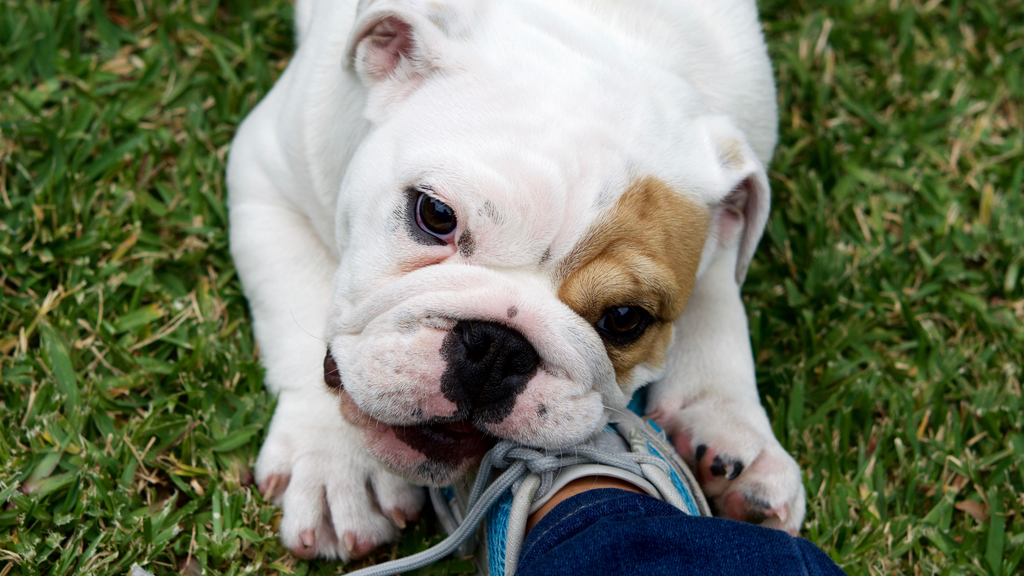
Puppy and Senior Dog Dental Care
Oral care looks different depending on your dog’s age. Puppies and senior dogs both need extra attention, but for different reasons.
With puppies, the key is to start early. Even though baby teeth will fall out, getting your pup used to having their mouth touched and their teeth brushed will save you a lot of stress down the road. Make it part of your routine so it feels normal to them. Around four to six months of age, watch for retained baby teeth or overcrowding as their adult teeth come in.
Teething and Calming Tablet promotes calmness in your dog. It helps with anxiety and irritation from teething, storms, and other triggers. Helps reduce teething pain, discomfort, and more. All-natural formula. Easy to use.
Senior dogs often need more frequent dental care. Years of wear and tear can lead to gum disease, worn teeth, or even infections that affect their overall health. Older dogs may also have other health issues that complicate dental problems, so regular exams become even more important.
You may need to adjust your approach with age. Soft brushes, gentler toothpaste, and easier-to-chew dental treats can make a big difference for seniors.

Bottom Line
Your dog’s oral health is crucial for preventing pain, avoiding costly treatments, and helping them live a healthier life. Most dental problems don’t show obvious signs until they’re advanced, which is why prevention matters so much. Brushing regularly, offering the right chews, and keeping an eye out for early signs can make a huge difference for a canine healthy mouth.


